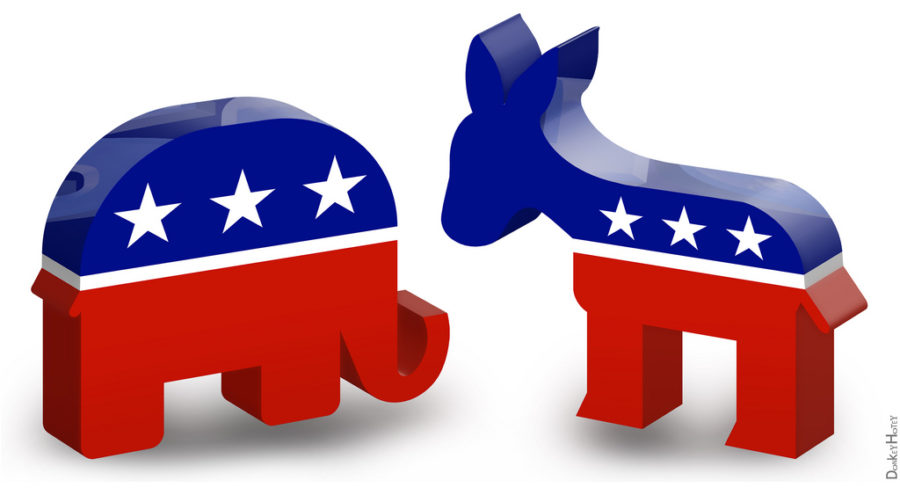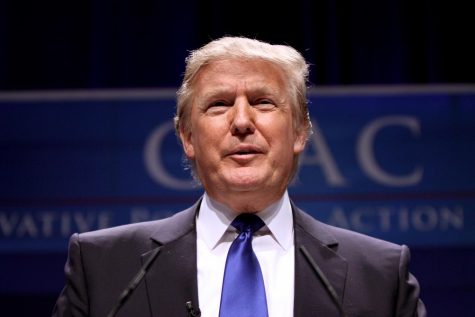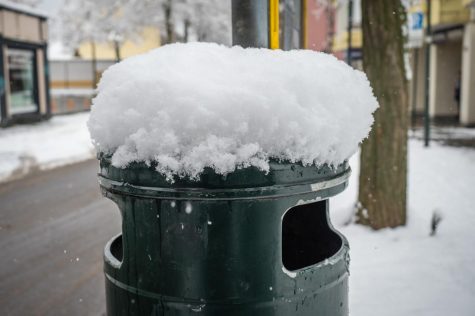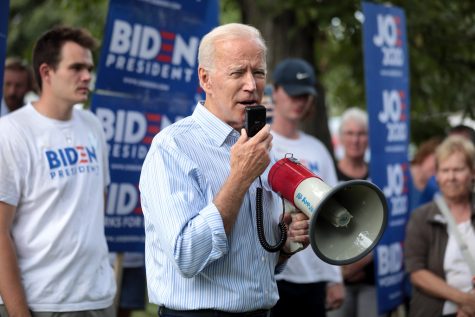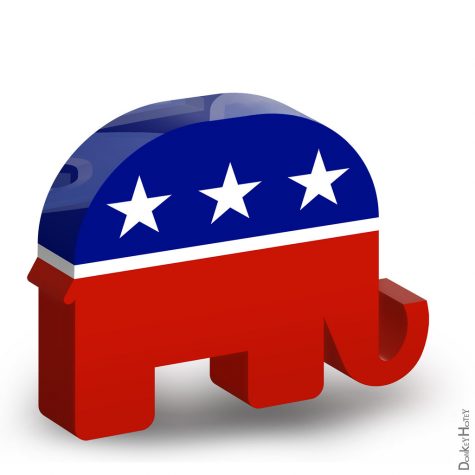Come November, Will America’s Elections Be Safe?
September 17, 2018
The Supreme Court wasted no time, argued one day, and decided the next: Bush had won Florida. The year was 2000 and the state had already been ordered to halt recounts mandated by law in the most legally divisive election to date, with Bush as the disputed victor. In such a tightly contested election, the election process itself, the court battles, and all the chaos had exposed the patchwork of American election infrastructure as wholly inadequate. Election officials countrywide, who were supposed to be independent arbiters, were hardly equipped to divine voters’ intentions from just paper ballots, and became confused by complex election law, unresolved court battles, and poorly designed punch ballots notorious for “hanging chads.” In the end, two million votes weren’t counted because they registered either as multiple votes or none at all by counting machines.
The result was the Help America Vote Act in 2002, which encouraged states to switch to electronic systems, established a federal commission to help states with federal elections, and created federal voting standards. Congress allocated billions to the program allowing states to choose their own systems and counties to handle day-to-day operations. It was meant to make uncertainty on the scale of the 2000 election impossible: modern systems for modern elections.
However, problems with election integrity have evolved considerably since 2002. Starting in 2014 and continuing today, Russia launched brazen campaigns to influence voters, breached voting machine manufacturers whose machines were used in eight states, and targeted 21 states’ election infrastructure according to a report by the U.S. Senate Intelligence Committee. In six states, Russian state actors accessed restricted systems and put themselves in a position to alter or delete voter registration data. The Senate report from May is furthermore unable to detail the forensic efforts States and their Secretaries of State undertook, if any ever did, to determine the impact of these security breaches. Following on the heels of the report, Special Counsel Robert Mueller indicted 12 Russian agents last month for stealing troves of Democratic National Committee documents and infiltrating critical election infrastructure.
Russian intelligence operatives have also demonstrated significant knowledge of how U.S. elections work and the importance of swing states. They understand that they don’t have to target every state, only states where voter margins between candidates are already thin and that they only have to disrupt voting in those states enough to create chaos and lock out certain groups of voters through registration deletion. Because many states let individual counties choose equipment and operate polling places with considerable flexibility, the federal departments tasked with election security have had difficulty coordinating with each of the U.S.’s roughly 3,242 counties. The result is that through tactics like kompromat, the targeted gathering of confidential material and its coordinated publication, and misinformation, state actors might be able to influence American voters, disincentivize them from voting, or cut them out entirely.
A bipartisan Congressional bill called the Secure Elections Act has been gaining traction in recent weeks, but in the run-up to November federal elections, many experts and Senators continue to complain that election infrastructure from the federal to the local level is unprepared to deal with coordinated foreign interference efforts. Come November, it will be the heightened vigilance and preparation of county officials, voting machine manufacturers, and state legislators that serve as the first lines of defense and best ways to preserve confidence in our democratic process.
